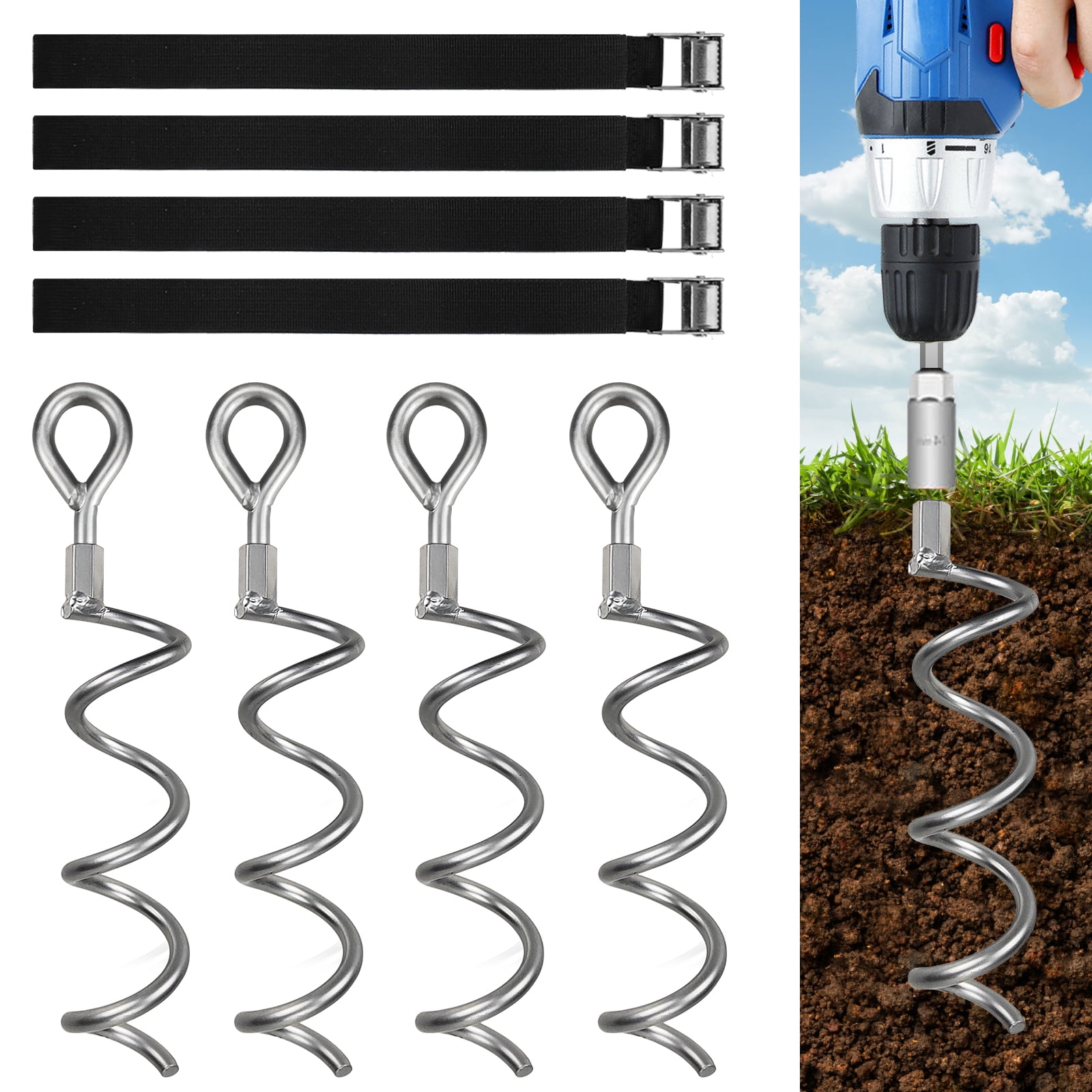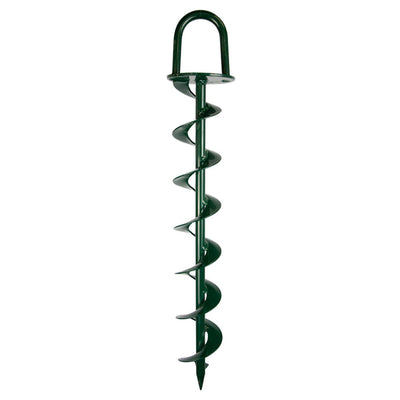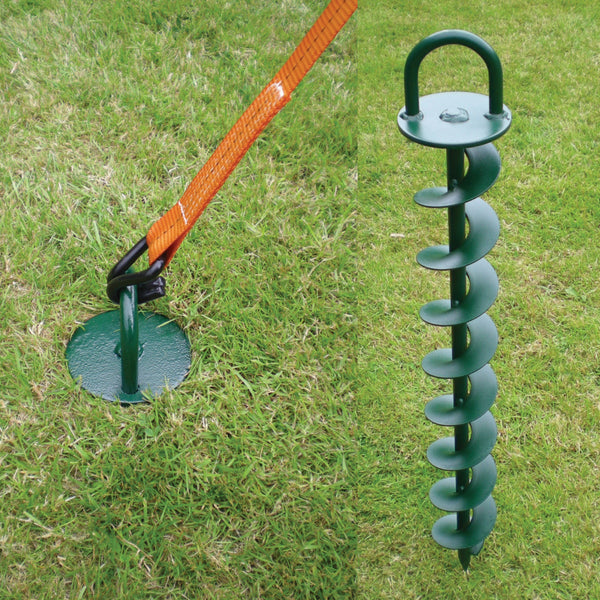Selecting the Best Ground Anchor for Versatile Use
Selecting the Best Ground Anchor for Versatile Use
Blog Article
Discover the Important Uses of Ground Anchor in Building and Landscape Design
Ground anchors are indispensable parts in both building and landscaping, giving important security and support throughout various applications. Their duty in securing hefty tools and enhancing dirt retention emphasizes their importance in advertising safety and security and sustainability.
Protecting Fencings and Gates
Securing fencings and gates is an essential element of property delineation and security in both commercial and household settings. Ground anchors play an important role in making sure that these frameworks continue to be reliable and secure in time. By supplying a robust anchoring solution, ground supports assist stop fencings from leaning or breaking down due to ecological variables such as wind, soil disintegration, or ground movement.
In household settings, effectively anchored fencings not just boost the visual appeal of a home however likewise give safety and security and security for families and pet dogs. Furthermore, in industrial atmospheres, safe and secure fencing is vital for protecting assets, marking home limits, and making sure the safety and security of customers and employees. Ground supports can be set up in different dirt kinds and problems, making them functional for various jobs.
Furthermore, using ground supports permits a much more long-term service contrasted to conventional methods, such as concrete footings, which can be labor-intensive and time-consuming. Ground Anchor. This effectiveness is particularly beneficial in landscaping projects where timelines are crucial. Generally, the combination of ground supports into fencing and entrance installations significantly adds to their long life, functionality, and total performance in safeguarding residential properties
Stabilizing Short-term Structures
While short-term frameworks are typically designed for temporary use, their stability is essential for making certain security and performance during their operational duration. Ground anchors function as an efficient solution for maintaining these structures, which might include tents, stages, or modular structures. By securing these installments firmly to the ground, ground anchors assist resist wind uplift and side forces that can jeopardize the integrity of the structure.

Moreover, the use of ground anchors enables for very easy removal and repositioning of short-lived frameworks, making them a suitable choice for building websites or occasions that require adaptability. Overall, ground anchors are an important device in the safe and efficient management of short-term structures, ensuring they do dependably throughout their meant usage.
Sustaining Keeping Walls
Using ground anchors dramatically boosts the structural integrity of keeping wall surfaces, which are vital for taking care of dirt erosion and preserving landscape security. Keeping wall surfaces are subjected to side planet stress, and without adequate assistance, they can fall short, resulting in expensive repairs and prospective damages to surrounding structures. Ground supports offer a reputable option by moving the lots from the wall surface right into the underlying dirt or rock, making sure the wall remains upright and safe and secure.
These anchors are usually set up at a predetermined angle and deepness, permitting them to stand up to the forces put in by the kept soil. By utilizing high-tensile strength products and proper installation strategies, ground anchors can significantly boost the wall surface's efficiency under different environmental conditions, including hefty rainfall and seismic activity.
In addition, using ground anchors can lower the demand for considerable excavation and material use, promoting even more lasting building techniques. This technique not only improves the toughness of maintaining walls however also minimizes the overall footprint of landscaping tasks. Consequently, including ground anchors in preserving wall style is an important method for both construction professionals and landscape engineers intending to guarantee long-term security and safety and security.
Anchoring Heavy Tools

Ground supports offer a trusted approach to protect devices, distributing pressures evenly and reinforcing stability. Making use of anchors permits drivers to work confidently, particularly when lifting or moving hefty loads. Additionally, in situations where equipment need to be placed on unpredictable or soft soil, ground anchors can be mounted to enhance grasp and prevent tools from sinking or coming to be immobilized.
Implementing an organized technique to securing hefty equipment not only improves functional effectiveness but additionally supports safety standards on website. Normal inspections and maintenance of anchoring systems are necessary to guarantee their proceeded performance. By focusing on the anchoring of hefty tools, building and construction and landscape design professionals can create more secure workplace, ultimately leading to more effective job results.
Enhancing Soil Retention

Soil erosion postures a considerable difficulty in both building and landscape design jobs, making efficient soil retention strategies crucial. Ground anchors play an important duty in enhancing soil retention by supplying stability to frameworks and vegetation, consequently preventing dirt displacement caused by water drainage and wind.
The installment of ground supports includes installing steel poles or cords deep into the dirt, which are then protected to retaining walls, terracing systems, or greenery. This anchoring system not just supports the soil however likewise enhances the overall integrity of landscaping functions. In sloped areas, ground anchors can be used to sustain maintaining wall surfaces, effectively reducing the risk of landslides and soil disintegration.
In addition, these published here anchors aid in the establishment of deep-rooted plants, which additionally fortify the dirt structure. By encouraging root growth, ground anchors add to a robust ecological community that naturally holds dirt in position, minimizing the need for artificial obstacles or regular upkeep.
Verdict
To conclude, ground supports serve several important functions in building and construction and landscaping. Their application in safeguarding fences and gateways, supporting short-lived structures, sustaining keeping wall surfaces, securing heavy devices, and improving dirt retention emphasizes their significance in promoting safety and security and stability. By assisting in these essential jobs, ground anchors add considerably to the total honesty of various jobs, ensuring sturdiness and sustainability in both industrial and domestic settings. Their versatility makes them an indispensable tool in modern building and construction methods.
By supplying a durable anchoring option, ground Full Article anchors help stop fences from leaning or falling down due to ecological elements such as wind, dirt erosion, or ground movement. - Ground Anchor
By securing these installations firmly to the ground, ground supports help stand up to wind uplift and side pressures that could jeopardize the honesty of the structure.
Making use of ground supports considerably boosts the structural honesty of keeping wall surfaces, which are necessary for handling soil disintegration and maintaining landscape security. Ground supports give a trusted remedy by moving the lots from the wall into the underlying soil or rock, making sure the wall surface continues to be safe and secure and upright.

Report this page